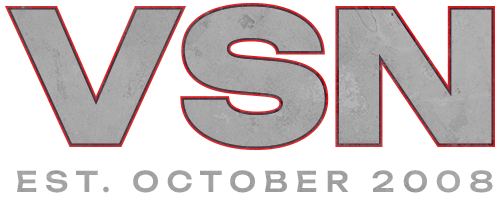MLB 14: The Show
From Brian_SCEA
For those interested, this is the exact Strategy Guide text describing Dynamic Difficulty. Feel free to share and use as you see fit:
Dynamic is a special difficulty setting, available in both the pitching and hitting difficulty options. When set, Dynamic Difficulty will track your hitting and/or pitching results and automatically adjust your difficulty over time. Your current progress is reported at the start of each inning, on promotions/demotions, and when Dynamic Difficulty is first turned on during a game.
The difficulty levels are: Rookie, Rookie+, Veteran, Veteran+, All-Star, All-Star+, Hall of Fame, Hall of Fame+, and Legend. The default starting difficulty is 'Rookie+', which is halfway in-between Rookie and Veteran. In addition to listing difficulty, a 'progress' field may appear to show whether you are about to promote or demote. For example, a '++' denotes that you are almost halfway to a promotion, while a '----' denotes that you are near demotion. Your Dynamic Difficulty progress is tied to your game settings profile, and discarding your game settings profile will also will reset your Dynamic Difficulty progress.
The difficulty adjustments are 1/2 difficulty steps. The primary criteria for difficulty promotions/demotions under Dynamic Difficulty is your team OPS (in the case of RTTS, your individual OPS). A promotion may only happen if your team is winning by 3 or more runs, and a demotion can only happen if your team is losing by 3 or more runs. This rule is waived for relief pitchers starting mid-game. Promotions/demotions are checked after each at-bat, and after a promotion or demotion no further changes or progress may happen until the next game.
Also, this is the exact text for Quick Counts:
Quick Counts allows you to significantly speed up games with much shorter at-bats. Instead of starting counts on 0-0, counts will start on middle and late counts. The most common starting counts are 1-1 and 2-1, followed by the 3-2, 2-2, and 2-1 counts. Pitcher versus batter attributes have an influence on how often 3-0 vs 0-2 counts show up, but every batter will see each count. There is a small balancing bonus that helps a batter put the ball into play more often, to compensate for the reduced number of pitches he'll see in an at-bat. Overall, you'll see an increase in strikeouts and base on balls balanced by fewer fouls. Every pitch you throw will be more critical, because there are far fewer of them.
As a rough guideline, if a game would have had 145 pitches thrown without Quick Counts, then with Quick Counts on that would translate to about 80 pitches 'actually thrown' plus an additional 105 'simulated pitches' for a total of 185 pitches. As a compromise for realism, the game corrects for this inflated number by subtracting 1 pitch per plate appearance for display purposes, so that a pitcher's individual pitch count will appear more comparable to a regular game.
The 'Simulated pitches' in Quick Counts drain less energy, to balance out fatigue loss. Quick Counts is set globally when entering a game, and CPU hitters and pitchers will adjust their strategy to take adapt to the higher leverage gameplay balance.
